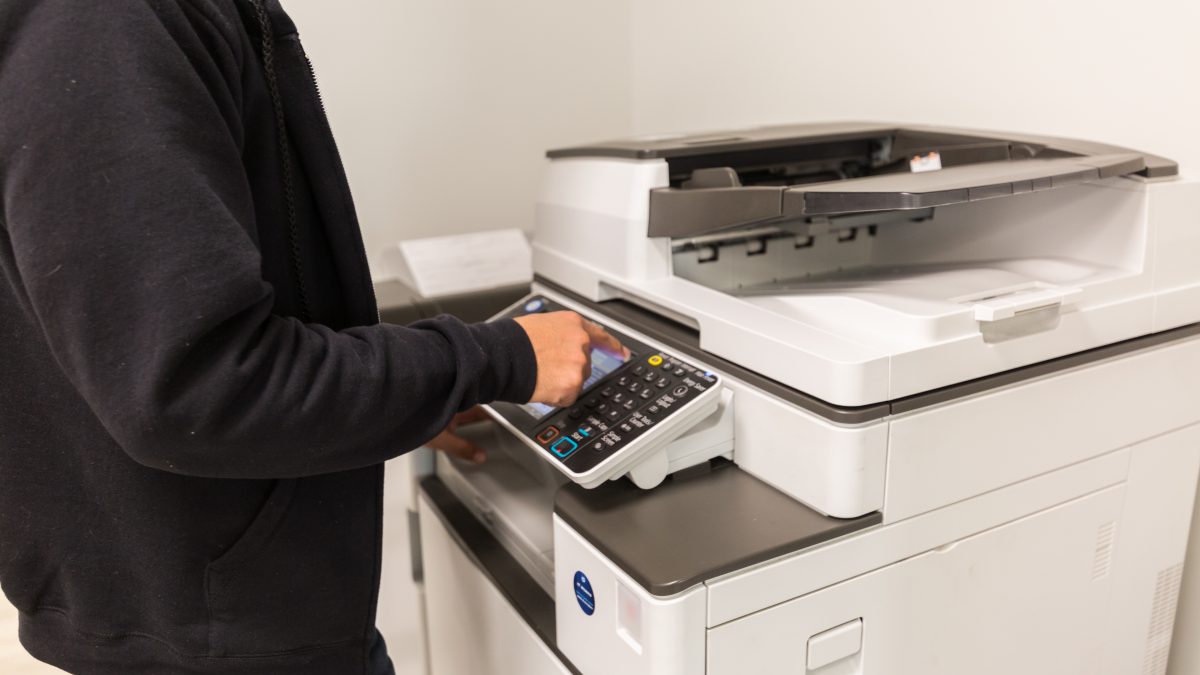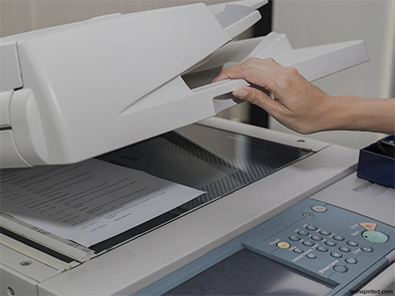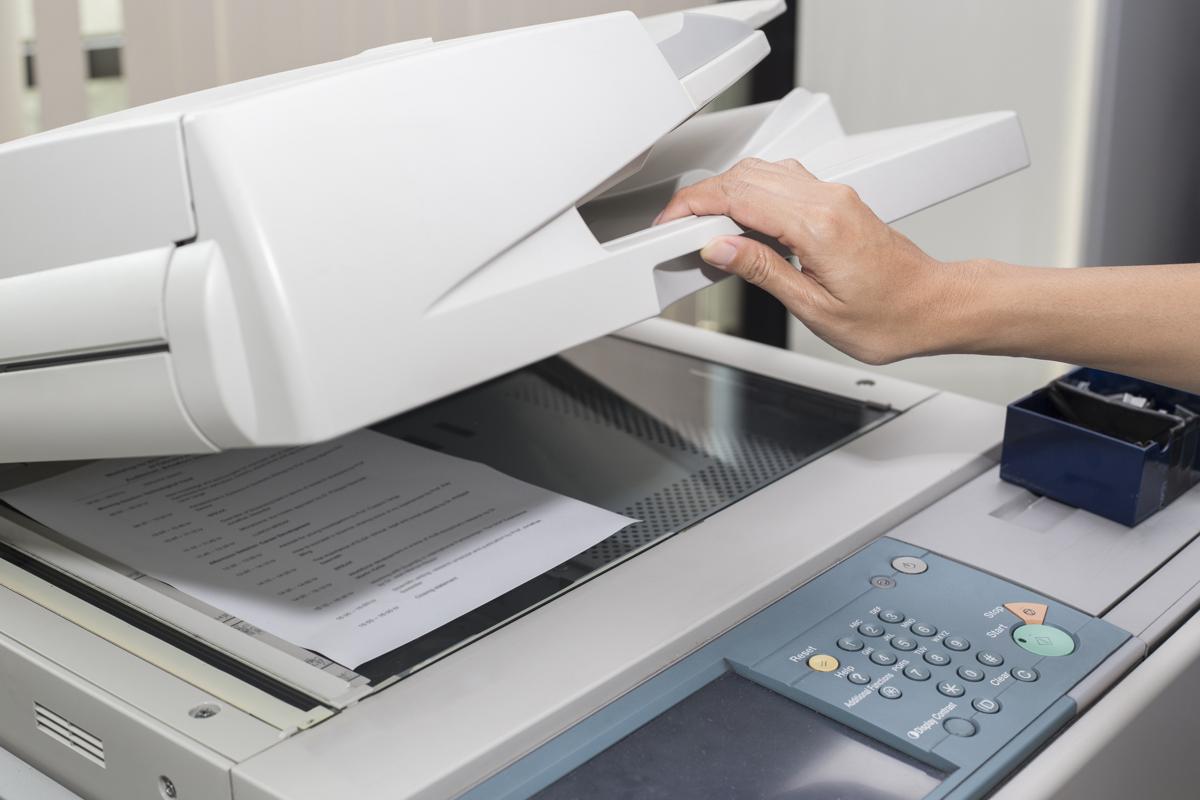Digitalizing physical copies are arduous tasks that you always need to do every single day. Scanning documents will give you a headache when not done efficient way. It’s either you have duplicate copies, missed pages, or the scanned files are scattered everywhere. It can also be in the quality of the scanned copy – blurred images, unreadable texts, and even mismatched colours. To do this task efficiently and effectively, we need to define the best practices for scanning documents to avoid such headaches. What are these?
It Starts with the Preparation
Prepping the documents to be scanned is one of the most critical steps in document scanning. Double-checking everything before scanning is the best thing to do first. The one who will do this task should always watch out for flipped pages or folded ones. This is to avoid misalignment when the scanning is finished. It also ensures that the scanned document did not miss any page or had any duplicate ones. More so, it provides you with a neat and organized digital copy of that document.
Knowing What File Format to Use
There are many file formats that you can use when storing scanned documents. A portable document format or PDF for example lets you save many pages in a single file. A PDF is also shareable with other people since they can view it with a free PDF viewer. It can also be saved in a tagged image file format (TIFF). TIFF is a common file format for storing scanned documents or photographs that are raster-based. JPEG is also a file format used in scanned documents but it can’t support many pages in a single sheet. As a result, individual pages are saved as separate images.

Color Choice
It is beneficial for businesses to choose colours that will improve the longevity of the document while retaining its readability. Greyscale is often used in documents with poor contrast, and the colour of the document is not critical of its use. You also have a choice to keep the colours, given that these colours are relevant to the document’s purpose. It is important to know which to use to save storage space on computers.
A Higher Resolution is Not Always the Best
The digital copy of the scanned document has a resolution measured in dots per inch or DPI. The ideal DPI for scanning varies depending on the type of document. It is also the dependent factor by which quality changes. When texts are the only thing in the document a minimum of 300 DPI is okay but if you are planning to print the same document again, a 600 DPI would be much better. For greyscale documents, 600 DPI or above is the least to ensure better quality. Meanwhile, for coloured images, the same DPI is required but if you want the best quality, go for 1200 DPI.
Why Do We Need to Adhere to These Practices?
The best scanning practices will lead to having reliable documents that can be used over a long time. These include preparing documents in an organized manner and ensuring that the chosen file type is the best choice for the scanned document. Choosing colours that are significant for the document is also important and last but not least, choose a resolution that fits the type of document. Doing these practices will provide you with a hassle-free experience.
All these will save you from doing extra work, which can take up your time.
If you plan to get copiers for your office in Utah, you can buy or lease copiers in Utah. We can give you the option to get the copier that you want. You can contact our local copier leasing services department in your location.
If your Location is around Utah, you may call us at (801) 623-6518, our personnel for copier leasing in Utah will assist you. If you are also looking for copier repair services in Utah, you may contact our copier repair personnel at the same number.






